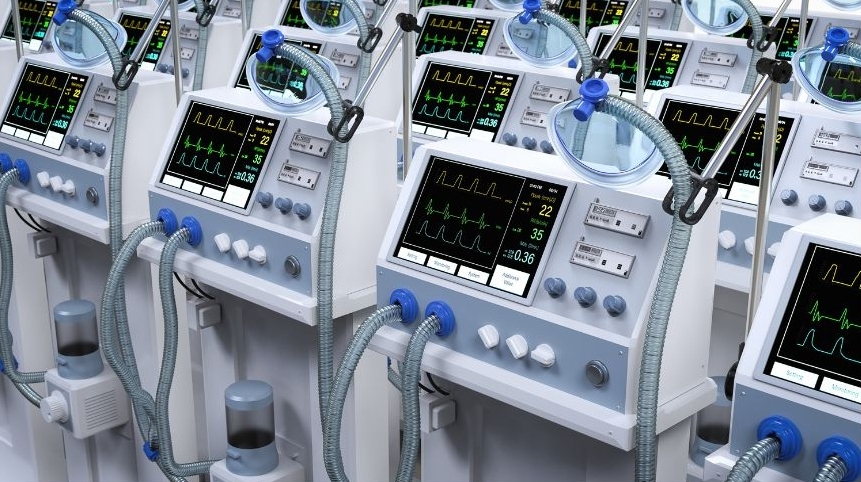Behind every smooth system lies an invisible scaffolding; discover the soul of EMR support.

There’s a moment in every hospital when technology fades into the background, a vital lab result appears without a glitch, a chart update flows seamlessly, and clinicians are free to simply care. Behind that moment lies a hidden symphony of support: the unsung heroes and guiding processes that keep EMRs alive and compassionate.
1. The Guardians Who Never Sleep
In a quiet command center, support engineers monitor dashboards like lighthouse keepers watching for distant storms. They sense flickers in network traffic, anomalies in database performance, and whispers of failing backups responding before the first clinician’s brow furrows. Their vigil is silent, their triumphs invisible, yet every uninterrupted minute of uptime carries their devotion.
“I once caught a storage cluster overheating at 2 AM,” says Raj, a support lead. “By the time nurses logged in, the system purred like dawn’s first light.”
2. Empathy, Not Scripts, in Every Call
When a nurse dials the help desk, she’s often in crisis mode, charting for a code blue, juggling medications, and racing against time. A truly great support system answers not with canned responses, but with empathy: calm voices that listen, validate, and guide. They know that behind each ticket is a life in the balance, and they treat data with the tenderness of a patient’s hand.
“I’m not just fixing a bug,” shares Maria, a support specialist. “I’m giving Dr. Lewis back five minutes at Mrs. Carter’s bedside.”
3. The Ritual of Readiness
Support isn’t only reactive; it’s proactive. Rigorous “fire drills” simulate crashes, network outages, and patch failures. Teams rehearse recovery steps until they flow like a well-rehearsed dance. Documentation detailed yet human lives in shared wikis, updated at the speed of each new release. In these rituals, readiness becomes second nature.
“When the Cerner upgrade failed at Mercy Hospital, our team flipped to Plan B in under ten minutes,” recalls Ahmed, an escalation manager. “It felt like we’d rehearsed it a thousand times because we had.”
4. A Community of Champions
Great EMR support extends beyond one vendor’s walls. It blooms in networks of peer hospitals, vendor user groups, and online forums where best practices are traded like precious seeds. Here, a small rural clinic learns life-saving tips from a major academic centre; a children’s hospital shares voice-recognition breakthroughs with a veterans’ system. This community scaffolding turns isolated struggles into shared victories.
“We solved our reporting lag thanks to a tip from a colleague in Wisconsin,” says Lori, CIO of a critical access hospital. “That forum post saved us months of frustration.”
5. Continuous Care for Continuous Care
An EMR is a living organism, evolving with new features, regulatory shifts, and emerging threats. A great support system weaves training, feedback loops, and security audits into its fabric, ensuring every patch is stewarded, every upgrade uplifted, and every user uplifted. It’s a promise: that as the EMR grows, so too does its capacity to serve.
“After our annual security drill, we discovered a gap in access controls,” admits Priya, a compliance officer. “We fixed it before an audit even knew it existed.”
In the end, the soul of EMR support is simple: unwavering vigilance, heartfelt empathy, relentless preparation, collaborative spirit, and an unbreakable promise to keep care at the forefront. When those elements align, technology doesn’t just work; it flows, becoming the quiet backbone upon which modern healing stands.
And in that smooth hum, clinicians remember why they entered medicine in the first place: to touch lives, unshadowed by screens, guided by compassion.
